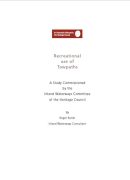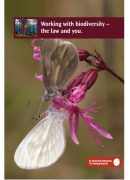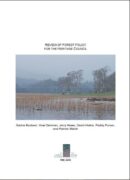
High Nature Value Programme for the Aran Islands
A Draft High Nature Value Programme for the Aran Islands based on the Burren Farming and Conservation Programme
Read moreRead lessA Draft High Nature Value Programme for the Aran Islands based on the Burren Farming and Conservation Programme








